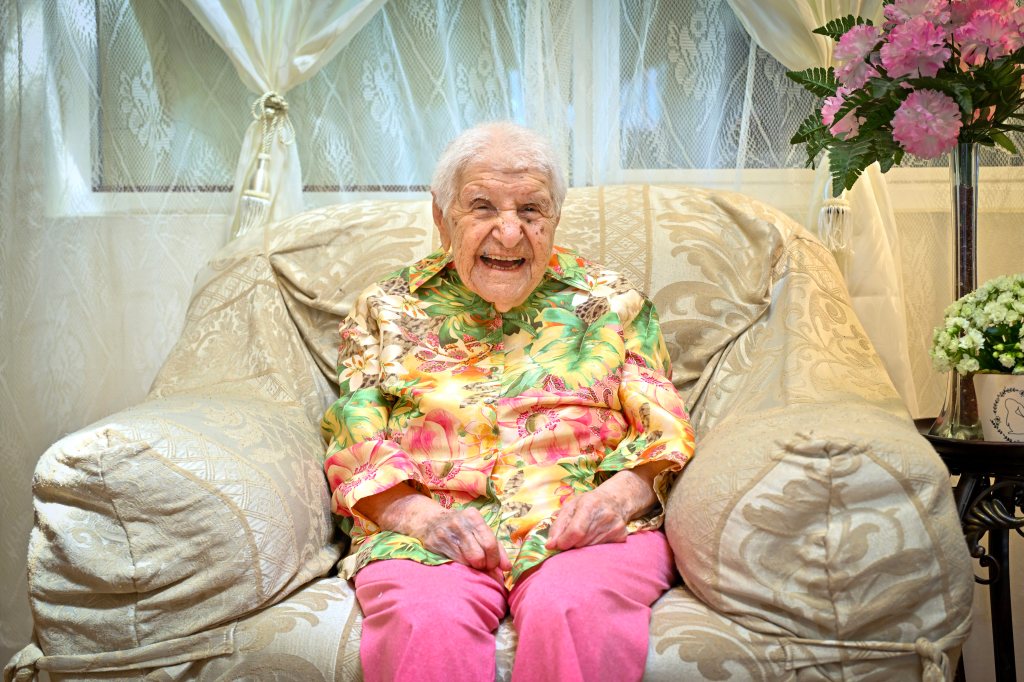Not so long ago, Lillian Kahan would’ve been an oddity.
She’s 104 years old (“104 and a half,” she corrects), and, until recently, a life of such length was a statistical quirk, rare enough to warrant news coverage or scientific research or at least a cupcake at the local senior center.
These days that’s only half true. Kahan’s age still makes news, and scientists increasingly are interested in people like her. She still gets the odd cupcake.
But the attention isn’t coming because she’s so uncommon. It’s because she’s not.
In fact, being a Kahan – living to 100 and beyond – might be a glimpse of the future.
“Being this old is fun,” Kahan said. “I recommend it.”
Welcome to Ageville
The number of centenarians worldwide has more than doubled over the past 25 years and demographers at the United Nations project that the 100-something crowd will quadruple by mid-century. Today, the biggest centenarian populations are in Japan (146,000) and the United States (108,000). But, soon, countries like China and India, where the overall populations are huge but the aging curve is only now starting to trend upward, will have even bigger 100-something age bubbles. By 2054, nearly 4 million people around the world will be 100 or older.
The trend is expected to be even more pronounced locally. The state projects that from now until 2050, the ranks of centenarians will jump more than fivefold in each of Los Angeles, Orange, Riverside and San Bernardino counties.
Of course, centenarians are just the tip of a bigger demographic spear.
Populations are aging up in most advanced economies, at a rate never before seen in human history. In many countries, older people already outnumber children or they’re expected to in the near future. Aging demographics are reshaping everything from retirement plans and immigration patterns to diaper sales and popular ideals about beauty.
Like many aspects of the aging boom, the rise of centenarians is a mixed…
Read the full article here







